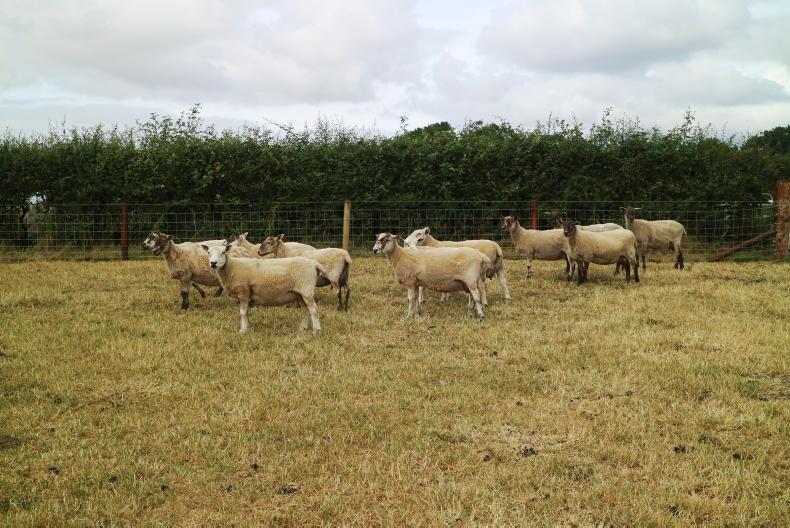Thin ewe study
Teagasc and the Department of Agriculture Regional Veterinary Laboratories (RVLs) are currently undertaking a thin ewe study. The study aims to shed light on the causes of ill thrift / poor body condition in ewes.
The study is keen to investigate ewes from flocks where thin ewes are a substantial problem despite receiving adequate nutrition.
It is hoped that this will uncover if so-called ‘iceberg diseases’ are playing a significant role in poor performance or if more common issues such as broken mouths / poor teeth and parasites are the major contributors to lack of thrive.
Under the initiative, flock owners will undertake to send up to three live thin ewes to their local RVL for euthanasia and examination with a view to reaching a possible diagnosis on what is causing the problem.
Ewes must be pre-booked into the RVL who in turn will provide you with an agreed appointment time and any additional information required.
Flockowners who submit ewes for the study will not have to pay for the testing, but neither will they be paid for their ewes.
Instead, a report will be sent to a nominated vet and this information can then be shared with a Teagasc adviser for further discussion with all parties involved. The study will run until September 2023 and weaning is an opportune time to assess ewe condition.
The numbers of the RVLs are Athlone: 0906 475514, Cork: 021 4543931, Dublin: 01 6157115, Kilkenny: 056 7721688, Limerick: 061 452911 and Sligo: 071 914219.
Weaning decisions
The last few months have been hard on ewes in many flocks, with younger and aged ewes in particular showing the effects of challenging weather and tight grass supplies.
There is little merit in prolonging weaning beyond the normal timeframe of 14 weeks. Performance can be negatively affected where lambs are competing with ewes for the best-quality grass.
The mistake should also not be made of overly restricting intake for a prolonged period. This is a poor use of ewe body condition reserves, and can have longer-term effects on litter size.
A period of a week is typically sufficient for ewes to dry off adequately.
After this period, the best approach is to feed ewes in optimum condition to maintenance, while prioritising ewes falling below optimum body condition.
The returns for cull ewes relative to ewe lambs/ewe hoggets should also encourage flocks to replace any underperforming or problem ewes.
It is also worth considering early weaning of lambs from yearling hoggets to allow a longer recovery period.
Grass quality
The combination of rainfall and higher than normal soil temperatures will boost grass growth rates and help farms who were tight on grass to get back on track.
Maintaining grass quality in July is always trickier. Applying even a small volume of fertiliser (10 to 15 units for example) will help maintain quality and reduce the rate at which grass starts to head out.
The target in July to maintain quality is to target grazing ahead at about 12 to 14 days and to take surplus paddocks out of the rotation as desired. If topping, then it is best to cut down to 3.5cm to 4cm.
Sheep 2023 hoggets
The winner of the two hoggets from the competition on the Irish Farmers Journal stand at Sheep 2023 is Niall O’Donnell, Ballinahinch, Newport, Co Tipperary.







 This is a subscriber-only article
This is a subscriber-only article










SHARING OPTIONS: